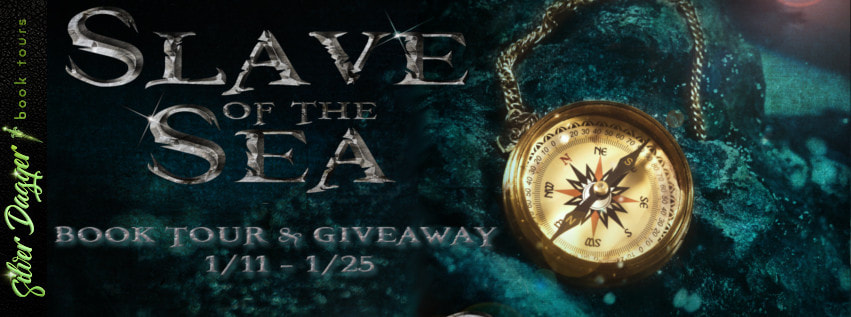Originally posted by Renee Scattergood:

I’ve decided to do Steps 3 and 4 together since it’s sort of a repeat of Steps 1 and 2. For Step 3, I go back to BeemGee (https://www.beemgee.com/) to answer the next set of questions. These questions help define how the characters transform throughout the story.
Here is a rundown of the questions:
Question #1: What is your character’s internal problem? What psychological or emotional problem, weakness, or shortcomings does your character have?
Question #2: What is your character’s real need? What do they need to resolve their internal problem?
Question #3: Is your character already aware of their internal problem? If not, how and when do they discover it and how do they react?
Question #4: What are the character’s internal obstacles? What obstacles arise as a result of their internal problem?
Question #5: Does your character have to make a moral choice? If so, what is it and how does it come about?
Question #6: What is the change that happens in your character from the beginning of the story and at the end?
Again, BeemGee goes into much more detail in how to best answer those questions, so you’ll want to read through the info there very carefully if you try this method. Step 3 takes about an hour or so for each character, depending on how much detail I add.
After answering those questions for each of my main characters, I repeat what I did in Step 2 and create events for each of the answers. For these, my events are all “show this” for each one, so that when I put all my other events in order, I can use these to fill in gaps and create subplots later.
If you’d like to read Step 5, I’ll be posting it next week. If you sign up to the right to receive my blog posts in your email, you’ll get that and all future posts right in your inbox.
If you have any questions about Steps 3 and 4, leave them in the comments below and I’ll answer them as soon as possible!


No comments:
Post a Comment